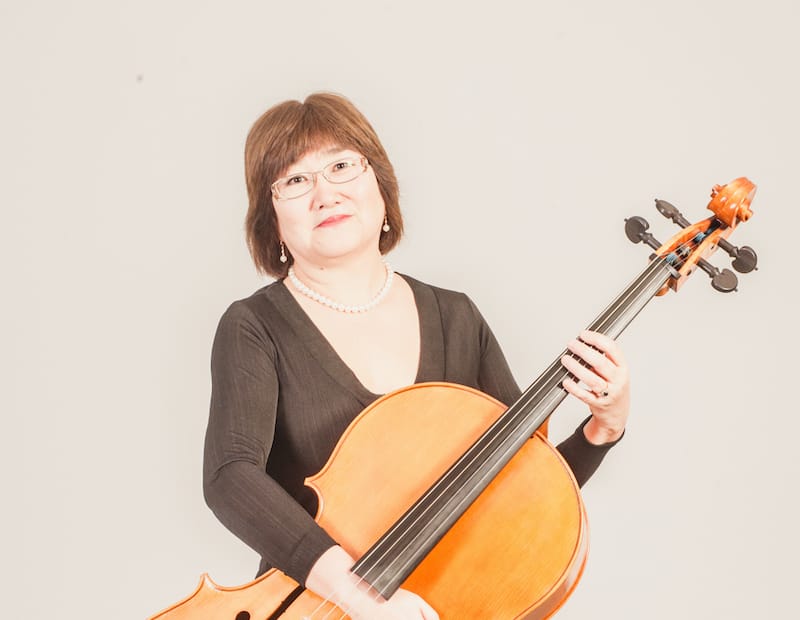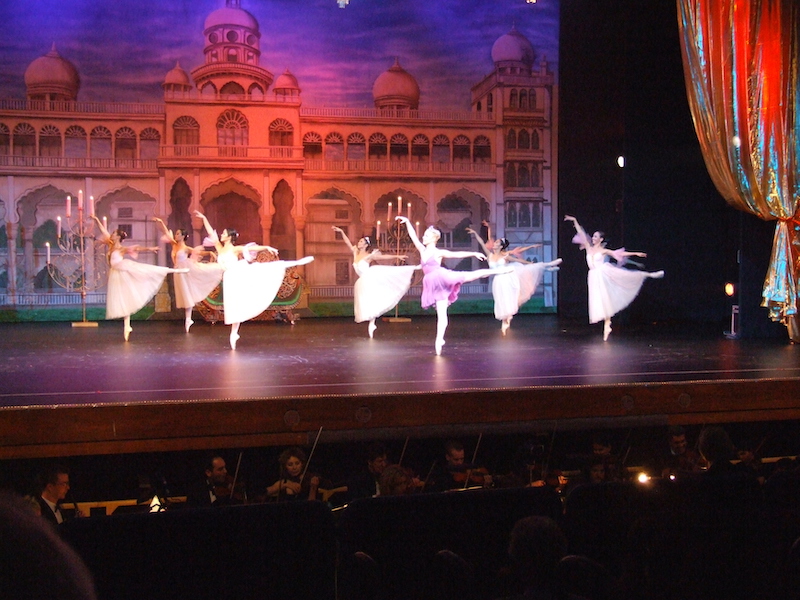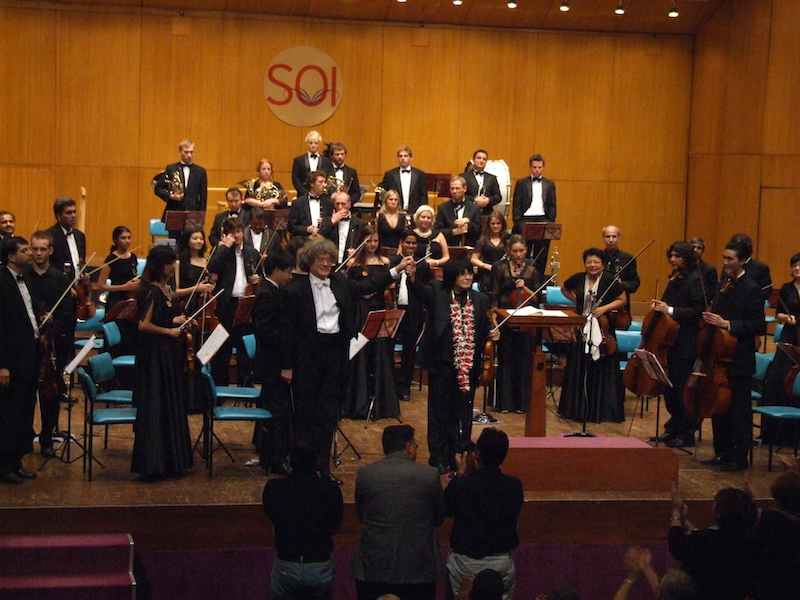The Making of a Season

Onay Zhumabayeva, cellist and Orchestra Manager, looks back on the SOI’s journey from the first-ever season in 2006 to the 29th, beginning this month.
The thrill and challenge of moving in uncharted waters are inseparable. The pioneers of the Symphony Orchestra of India, in creating the country’s first professional symphony orchestra, added a new, largely unexplored facet to its rich cultural landscape. This mammoth undertaking came with problems inconceivable to those associated with established orchestras in other parts of the world.
While co-founder and then Vice Chairman, NCPA, Mr. Khushroo N. Suntook looked into several critical areas of creating a conducive environment for a new orchestra to thrive, Music Director and violin virtuoso Marat Bisengaliev ensured that the musicians were of the high standard he had set for the SOI. Now, they needed a person of experience, patience and determination to run an orchestra whose players were working together as an ensemble for the first time. And this was only one of the many firsts.
The search ended soon enough with Onay Zhumabayeva, who was invited to India by Bisengaliev in the capacity of both cellist and orchestra manager. Having completed her Master’s in music from the Kazakh National Conservatory, she had played in the Symphony Orchestra of Kazakhstan as a lead cellist for many years before taking up the position of General Manager of the concert department at the Kazakh State Philharmonic.
Sixteen years ago, she made Mumbai her home, leaving behind family, friends and the warmth of familiarity, and has been here since. Zhumabayeva still remembers her first meeting with Mr. Suntook vividly. “A tall, well-built personality, his whole appearance exuded strength, kindness, warmth and nobility. Thanks to Khushroo, I was lucky to have meetings with Dr. Jamshed Bhabha. Over dinner in the old conference room, we talked about music, art and of course, establishing the first symphony orchestra in India—what Dr. Bhabha dreamed about all his life.”
The orchestra’s schedule which runs like clockwork today is a far cry from the teething troubles that put its founding members to the test. “The first few seasons of the SOI were not easy. It was necessary to recruit musicians for the orchestra—invite strong professionals from abroad, teach and share experience with local musicians—organise rehearsals, provide instruments, a music library, etc.,” she recalls.

The first season of the SOI in September 2006 opened with Tchaikovsky’s classic ballet The Nutcracker. It was a roaring success with three days of performances and a newly formed orchestra in the pit—a spectacle many in the city hadn’t witnessed before. What went on behind the scenes was a different story, though. “The task was not only to recruit the 70 plus musicians of the symphony orchestra, but the entire ballet troupe with soloists and a corps de ballet,” she says. “That year, just before the arrival of the ballet dancers from America, there was a terrorist attack in the local trains of Mumbai and they refused to come!”
Zhumabayeva made an urgent call to the director of the Kazakhstan Opera and Ballet Theatre and requested him to send experienced ballet dancers to Mumbai, but with its own concerts coming up, the theatre administration could not promise to do much. With just two days to go for the performance, however, 12 ballet soloists flew down to Mumbai from Almaty and New Jersey and with the able support of local dancers from The School of Classical Ballet and Western Dance, and Shiamak Davar’s Institute for Performing Arts, it was a full troupe onstage.
Around the same time, the orchestra was facing its own logistical challenges. And yet again, friendships old and new saved the day. “We lacked instruments that were not found in India at that time, such as timpani, bass drum, tam-tam and the harp,” remembers Zhumabayeva. “My friend and fellow musician Blossom Mendonca and I made an appointment with a senior Navy official as they have their own military band. In their warehouse, which the official generously granted us access to, we found double basses, a tuba and percussion instruments. The set of timpani was lent by the Bombay Chamber Orchestra’s Jini Dinshaw. The harp, which is among the most important instruments in ballet (The Nutcracker includes a big solo in the adagio), was procured from the residence of the Austrian ambassador in Delhi. I will always be grateful to them.”

The first season under the baton of renowned conductor Fuat Mansurov set in motion the tradition of celebrated names from the conducting world helming the orchestra during its spring and autumn seasons. The orchestra manager’s work was cut out. In addition to drawing up schedules, ensuring discipline and coordinating the rehearsal plan with the conductor, Zhumabayeva never lost sight of the larger picture of adding highly professional and experienced musicians to the pool of artistes who would play the programme for the season from just two or three rehearsals— something she and Bisengaliev constantly work towards with the support of Mr. Suntook. “Such musicians are usually very busy and you need to be able to convince and interest them. Sleepless nights are spent looking for strong players and then waiting for their consent to come to India. And those who come to play in our orchestra once look forward to the next season,” she elaborates.
Twenty-eight seasons later, how does she view the journey of the orchestra over the last one and a half decades? “The SOI has gone through significant development from a small team to a full-fledged professional orchestra. I am happy that the number of young Indian musicians is increasing every year and I hope in the near future, the SOI will be recognised and invited to world festivals, international competitions and more concert tours,” says Zhumabayeva with her unflinching honesty.
This piece was originally published by the National Centre for the Performing Arts, Mumbai, in the September 2022 issue of ON Stage – their monthly arts magazine.





